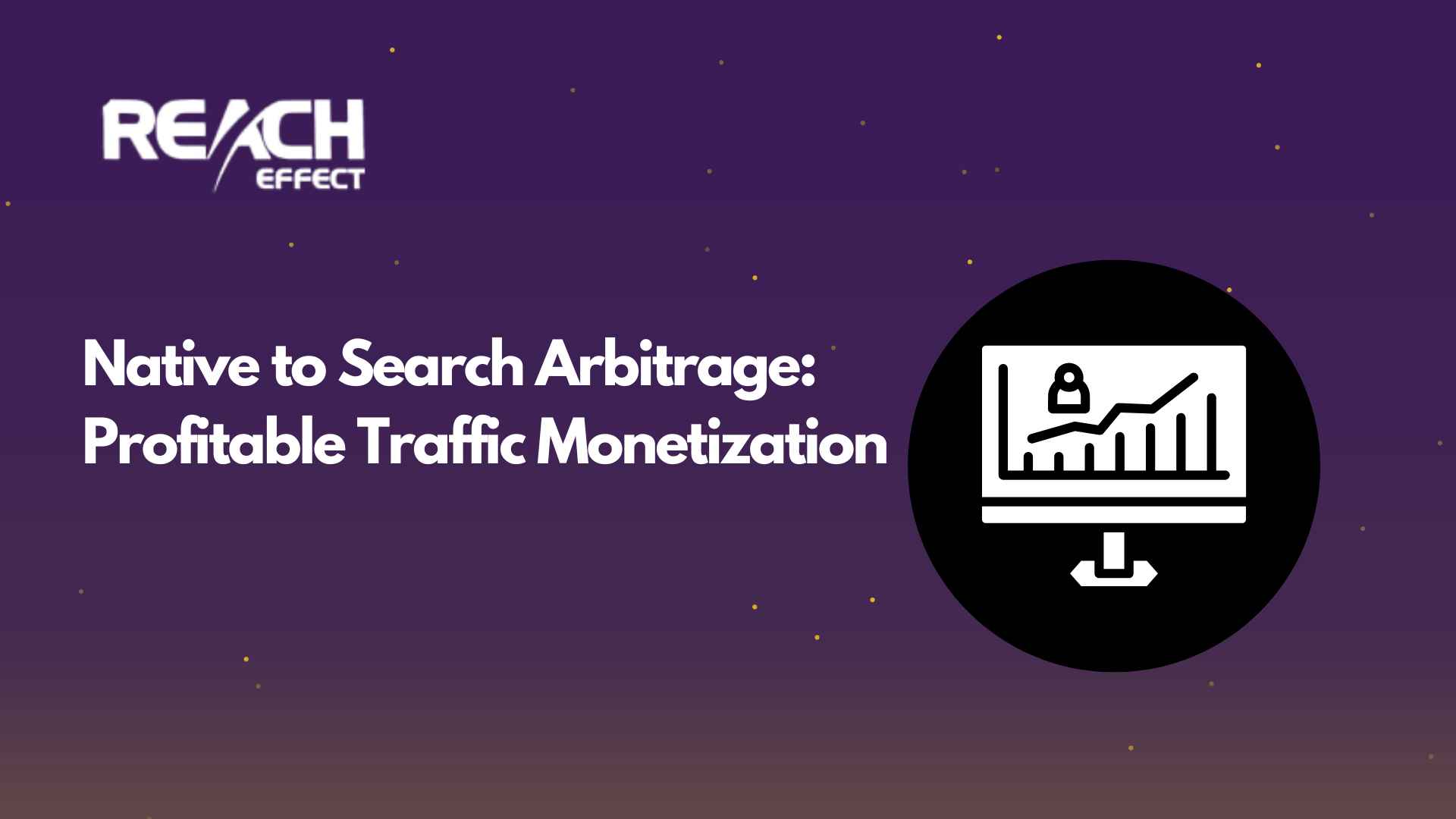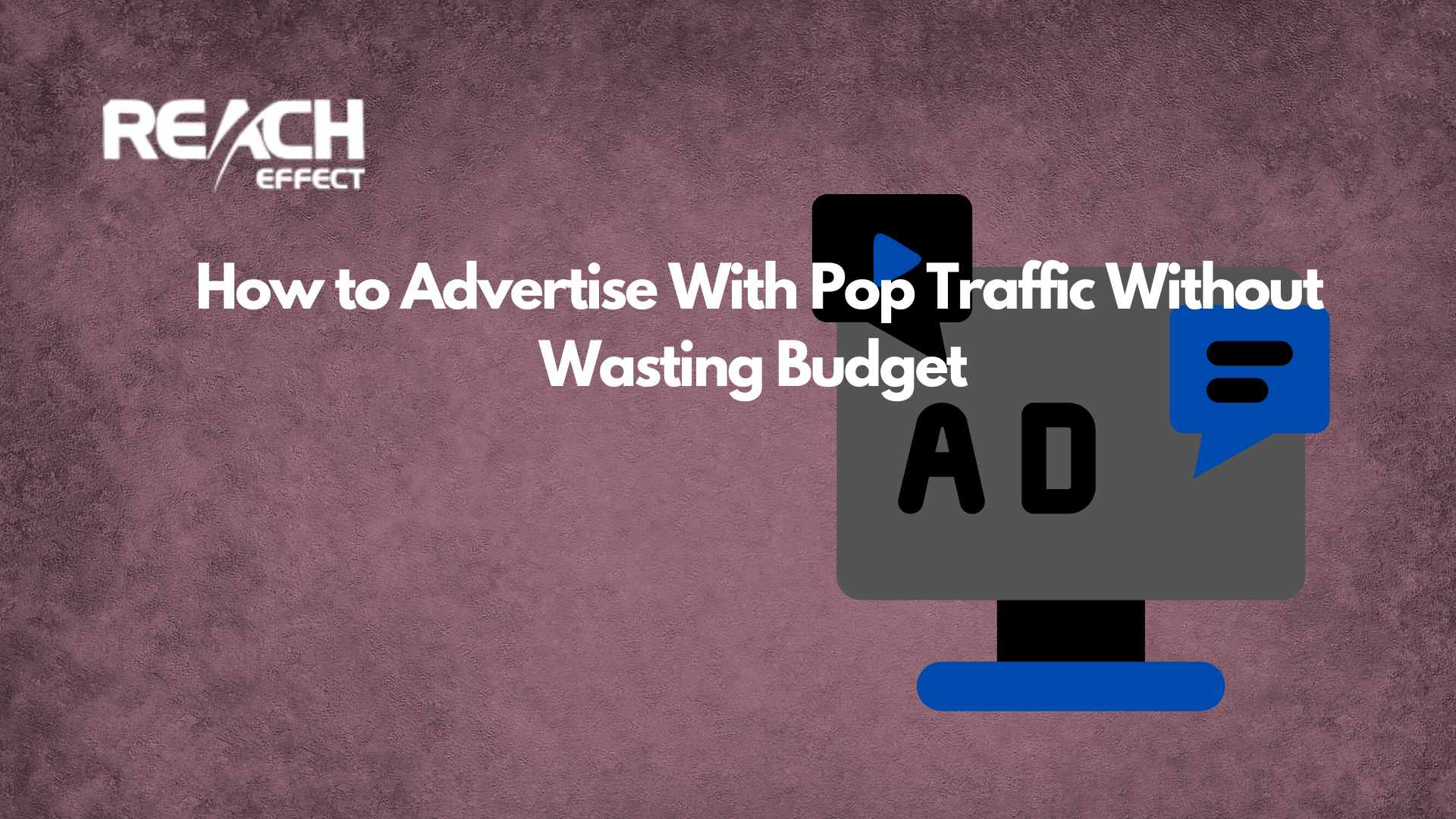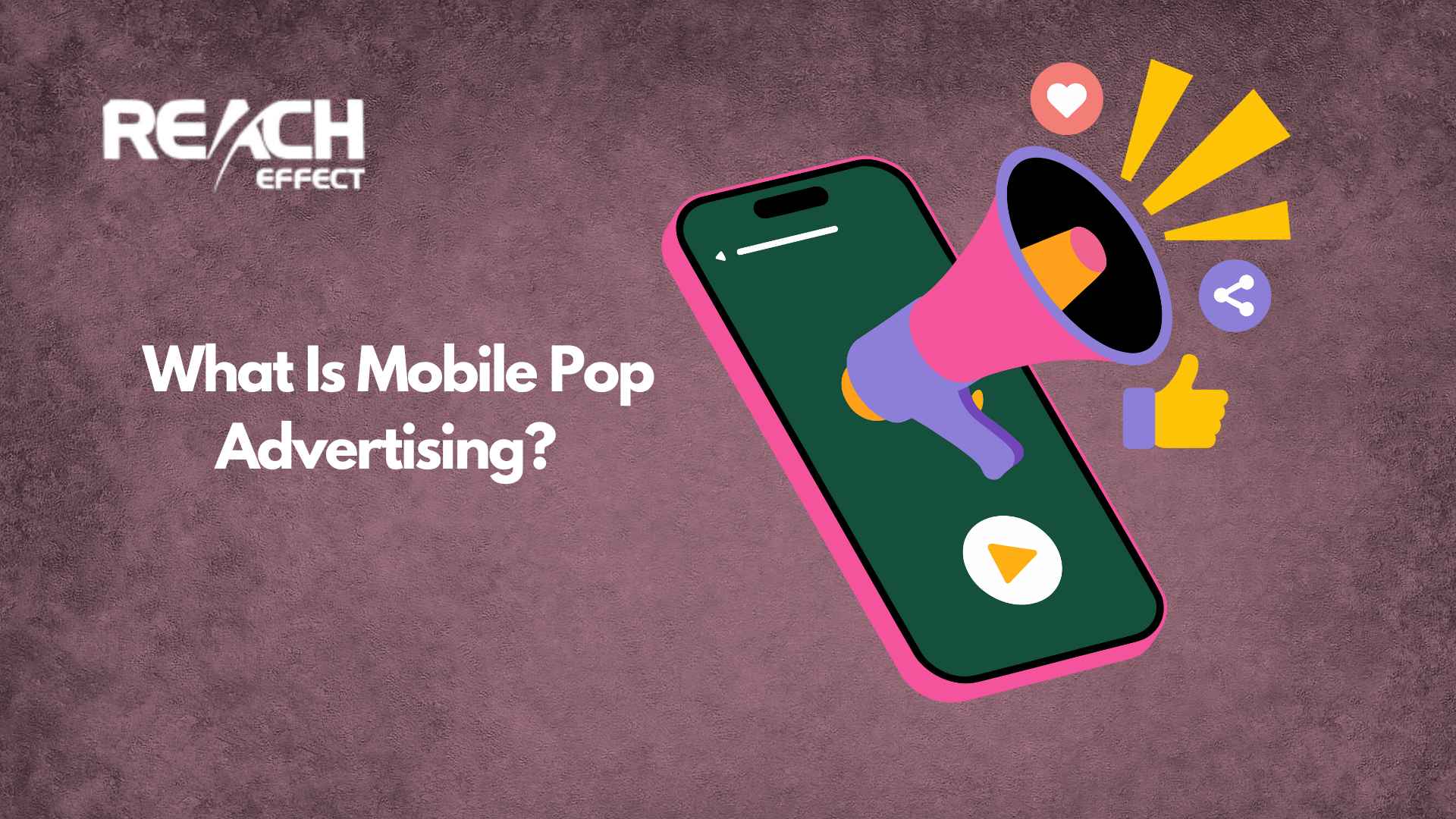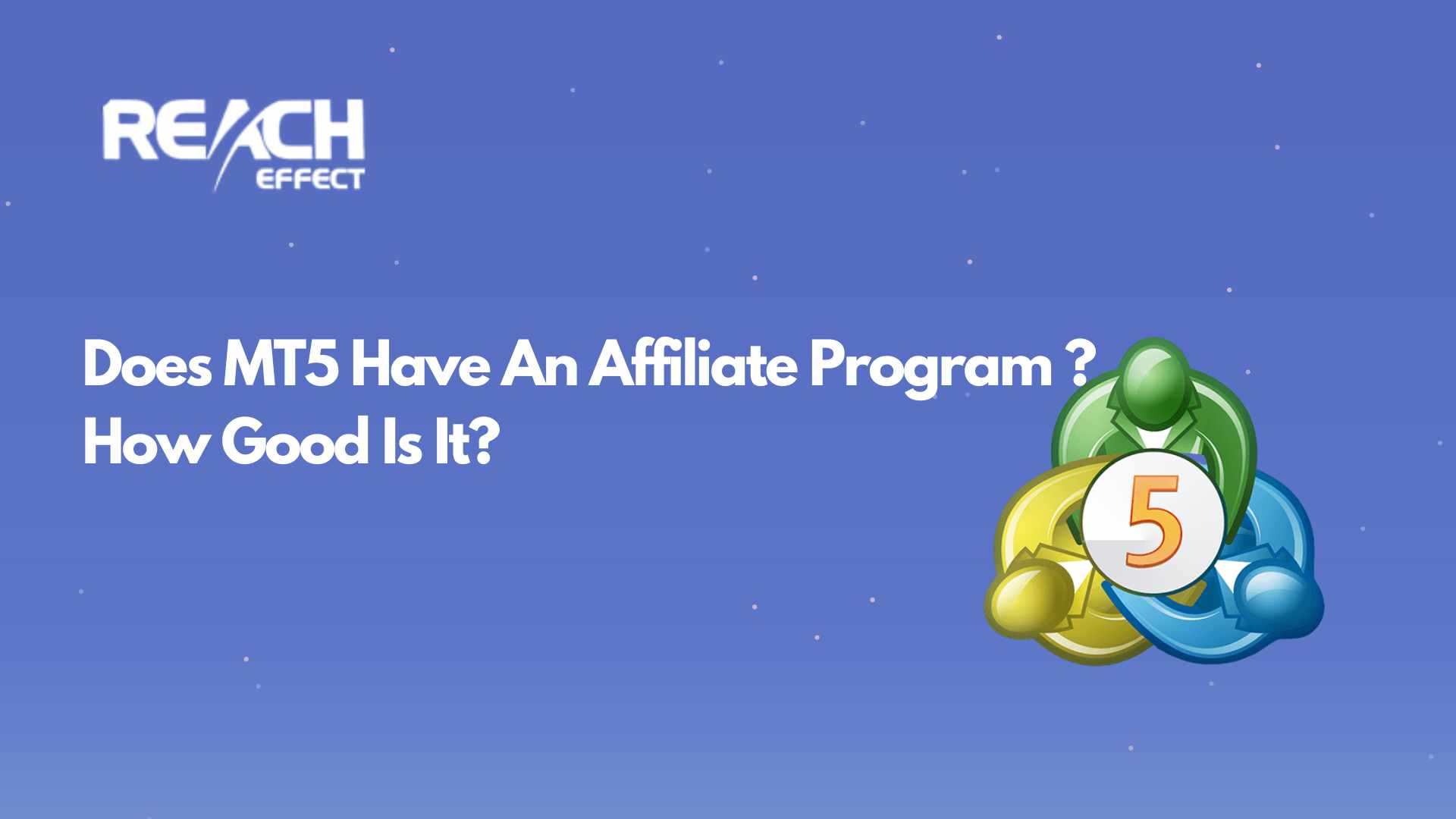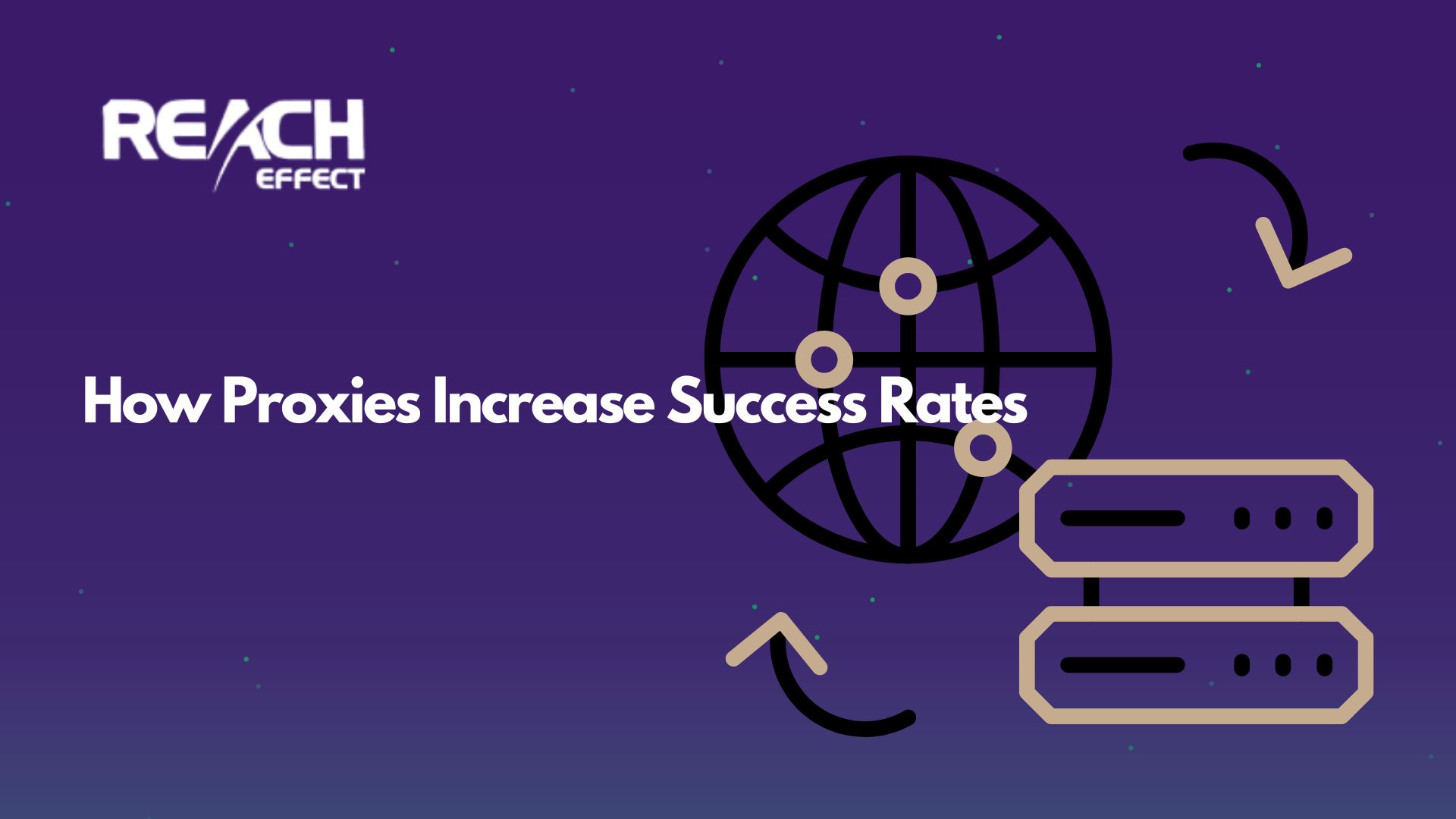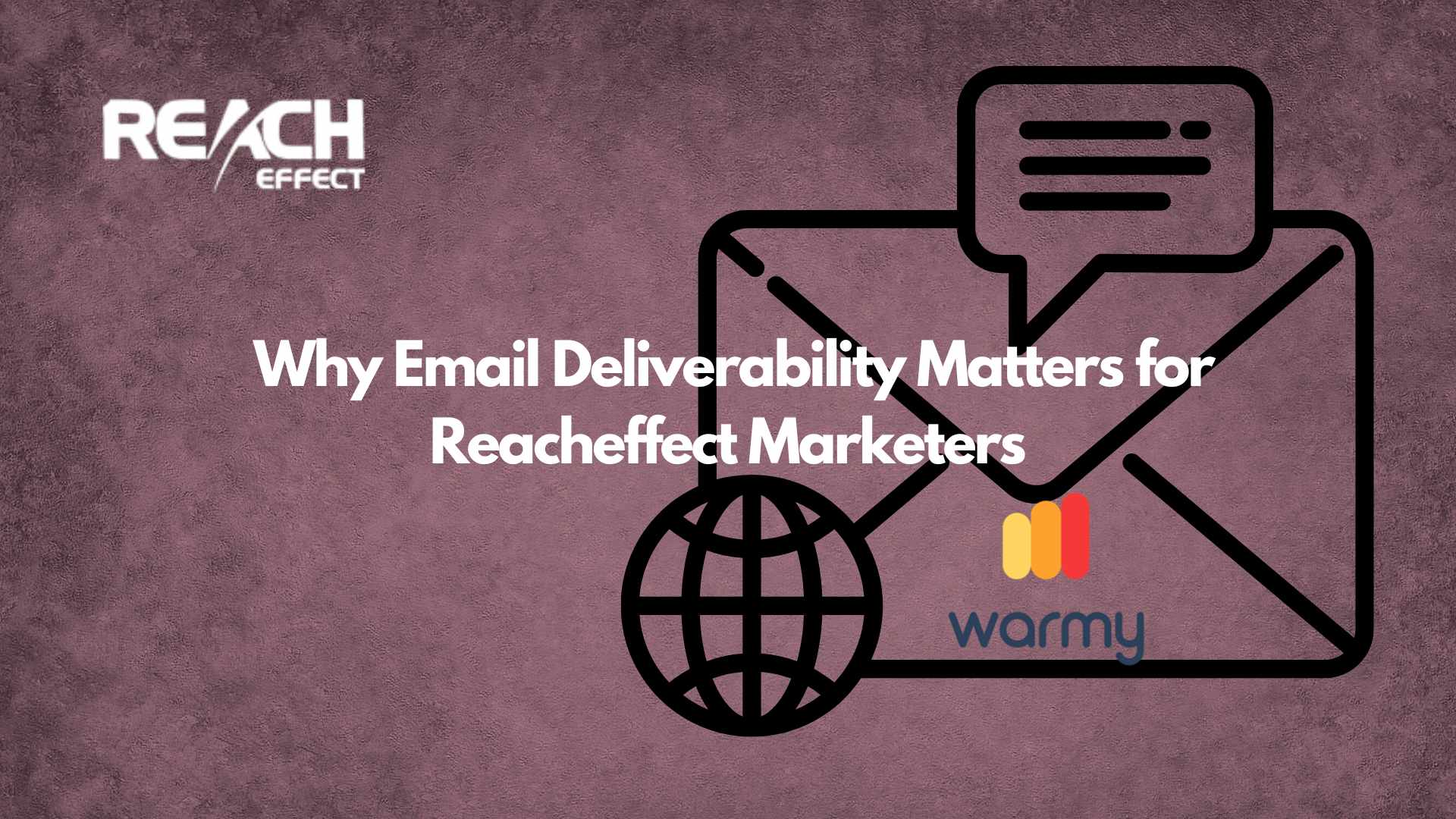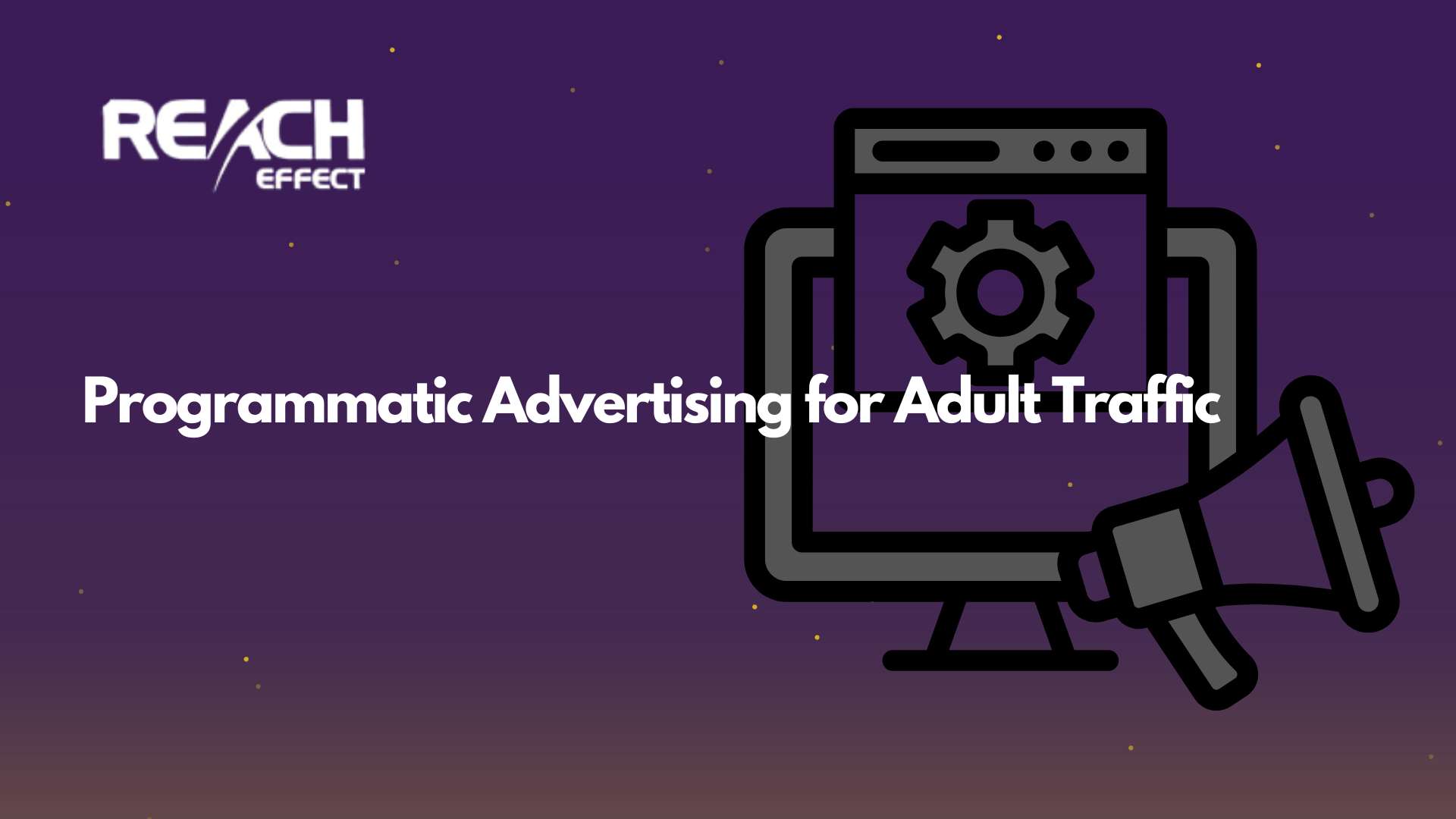We live in an ever-evolving digital advertising landscape. Therefore, marketers are constantly looking for innovative ways to capture their attention. Two such methods – popunder vs. popup – have become ubiquitous online. However, many remain confused about the nuances that distinguish these two strategies. Are they simply two sides of the same intrusive coin? Or is there a deeper distinction that could impact your online marketing efforts? Join us as we dive into the intriguing world of unraveling the differences that make them different in online advertising.
A Short Chronicle of Pop Ad Trends
Over the years, pop ad trends have evolved rapidly. In the early 2000s, flashy banner ads dominated the internet. By the 2010s, native advertising and influencer marketing gained prominence, blurring the lines between content and ads. The mid-2010s saw the rise of video ads on social media platforms. As we entered the 2020s, programmatic and AI-driven personalized ads took center stage. Pop-up blockers and privacy concerns also led to a resurgence in contextual advertising. The future of pop ads seems poised for immersive experiences and greater ethical considerations. And the advertising landscape continues to transform.
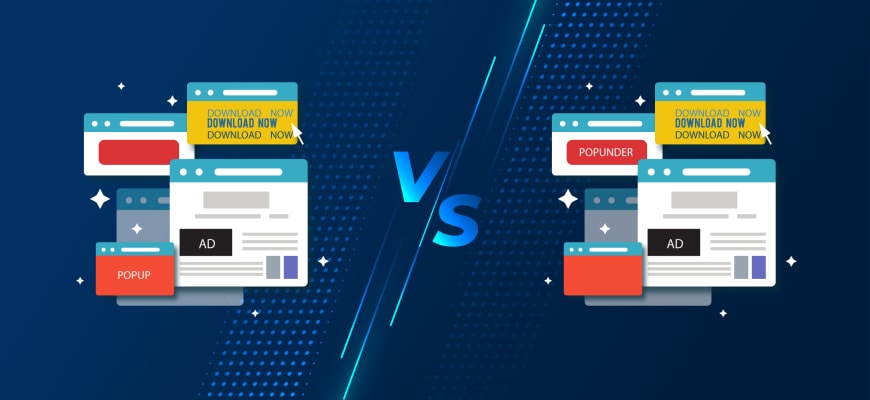
Popunder vs. Popup
Both popunder and popup ads are forms of online advertising. Popup advertisements are displayed in a new browser window. And it frequently disrupts the user’s work. This type is frequently irritating and obtrusive. It results in a poor user experience.
Popunder adverts, on the other hand, open in a new browser window behind the existing one. It only appears when the user dismisses or minimizes the main window. As a result, this variety is less irritating.
Advertisers use both popunder and popup ads to promote products and services. However, they should be used carefully and thoughtfully. Then, they will not annoy users. Effective advertising strategies take into account the wishes of users. They allow you to balance these advertising formats with other types of Internet marketing.
Conclusion
In conclusion, the world of digital advertising is constantly evolving. And your success depends on choosing the right popunder vs. popup. ReachEffect offers a powerful platform for direct advertisers, partners, agencies, and affiliate networks. Extensive targeting options and various high-quality traffic sources allow you to optimize ROI. A dedicated support team will guide you through all stages of your advertising campaign. Use advanced technologies and real-time reporting. You can learn a lot about your web presence this way. Take the next step in your company’s development. Fund your ReachEffect account immediately and unleash the full power of your internet advertising efforts!


